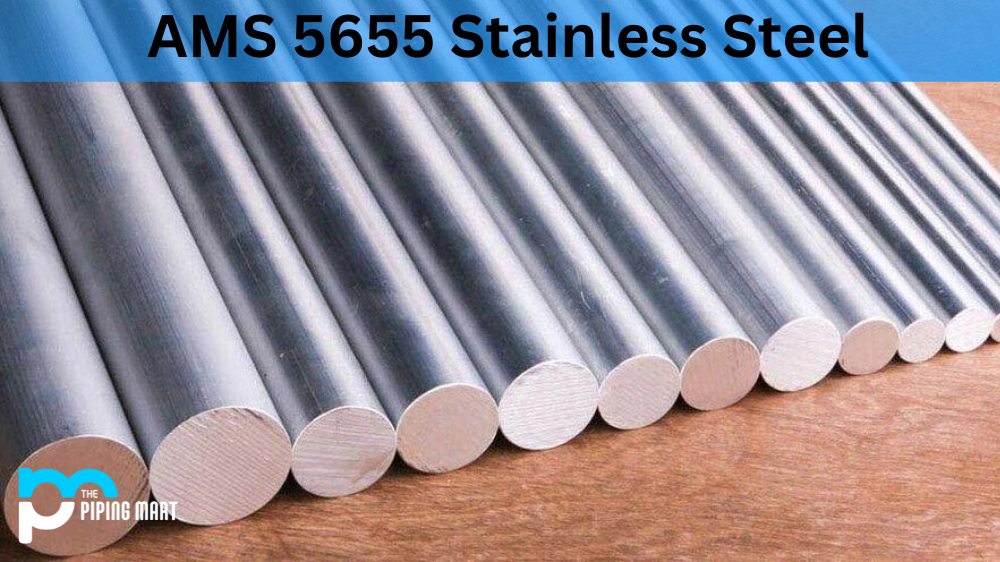UNS A92011 is one of the strongest and most versatile alloys available. It has various uses in various industries and applications due to its chemical properties, mechanical properties, physical properties, and corrosion resistance. Whether you’re looking to machine aluminium 2011 or weld it, this article will provide you with everything you need to know about aluminum 2011.
Aluminium 2011 Composition
UNS A92011 comprises aluminium (90%) and copper (9%). The remaining 1% comprises iron, manganese, silicon, zinc, titanium and other elements. These elements give aluminium 2011 its unique characteristics that make it so desirable for many applications.
| Element | Content (%) |
|---|---|
| Aluminium / Aluminum, Al | 93.7 |
| Copper, Cu | 5.5 |
| Bismuth, Bi | 0.4 |
| Lead, Pb | 0.4 |
Aluminium 2011 Chemical Properties
UNS A92011 has excellent chemical resistance due to its high copper content. This makes it an ideal choice for use in harsh environments where chemicals are present. It is also resistant to oxidation, meaning it won’t corrode easily or quickly when exposed to oxygen and moisture.
Aluminium 2011 Mechanical Properties
UNS A92011 has excellent strength compared to other alloys in the same class, thanks to its high copper content. It also has good fatigue resistance and can withstand large amounts of stress without failing or breaking down over time. This makes it an ideal material for parts that are subjected to high levels of stress or strain on a regular basis.
| Properties | Metric | Imperial |
|---|---|---|
| Elastic modulus | 70-80 GPa | 10152-11603 ksi |
| Poisson’s ratio | 0.33 | 0.33 |
Aluminium 2011 Physical Properties
UNS A92011 has low thermal conductivity making it an excellent choice for heat-resistant components such as exhaust systems or heating elements in electrical appliances. It also has good electrical conductivity, making it a great option for wiring applications and components that require electrical currents, such as motors or relays.
| Properties | Metric | Imperial |
|---|---|---|
| Density | 2.82 g/cm3 | 0.1018 lb/in3 |
Aluminium 2011 Thermal Properties
| Properties | Conditions | ||
|---|---|---|---|
| T (ºC) | Treatment | ||
| Thermal expansion | 23 (10-6/ºC) | 20-100 | – |
| Thermal conductivity | 152 (W/mK) | 25 | T3 |
Aluminium 2011 Equivalent
- ASTM B210
- ASTM B211
- DIN 3.1056
- QQ A-225/3
- SAE J454
Aluminium 2011 Uses
UNS A92011 is a valuable metal that has endless uses. This particular alloy can be shaped and bent to create custom parts and components in various automotive and marine engineering industries. It is extremely lightweight, making it ideal for making products like aircraft structures and tools for medical and dental applications. Its properties make it perfect for thermal insulation, cooking utensils and even high-voltage power lines. Aluminum 2011 offers a unique strength-to-weight ratio, making it an ideal option for many projects requiring a durable, but light material with good formability characteristics. With its numerous uses, this metal proves itself time and time again as one of the most important materials used in our modern world.
Corrosion Resistance
Aluminum2011 is highly corrosion-resistant due to its high copper content, which helps protect against rusting and other forms of corrosion over time, even when regularly exposed to moisture or chemicals. Its corrosion resistance is further enhanced by the presence of other elements like zinc which help reduce surface oxidation even further.
Heat Resistance
Thanks to its low thermal conductivity, aluminium2011 can withstand higher temperatures than other metals while maintaining its structural integrity. This makes it an ideal material for components that may be used in extreme temperature conditions, such as aerospace engines or furnaces.
Heat Treatment
Heat treatment should be applied after machining or welding aluminum2011 components to achieve maximum strength from the alloy. This involves heating the component up slowly until it reaches a specific temperature before allowing it to cool back down naturally over time.
Machining
Due to its strong mechanical properties, aluminum2011 can easily be machined using standard machining tools. The alloy responds well when cutting speeds increase, allowing for faster manufacturing times. It also machines very smoothly, resulting in less wear on tooling than softer metals.
Welding
When welding aluminum 2011, special attention must be paid towards pre-heating the component before welding. This helps prevent cracking during the welding process due to thermal stresses created by rapid cooling after welding. Also, because aluminium melts at much lower temperatures than steel, special aluminum welding rods must be used when joining two pieces together.
Conclusion
Aluminium2011 is one of the strongest and most versatile alloys available today thanks to its wide range of desirable characteristics, including its chemical properties, mechanical properties, physical properties, corrosion resistance, heat resistance, heat treatment capabilities, machinability and weldability. Whether you’re looking for a strong alloy capable of withstanding extreme temperatures or something that won’t corrode easily over time – aluminium2011 is worth considering! With all these benefits combined into one alloy – why not give aluminum2011 a try?

A passionate metal industry expert and blogger. With over 5 years of experience in the field, Palak brings a wealth of knowledge and insight to her writing. Whether discussing the latest trends in the metal industry or sharing tips, she is dedicated to helping others succeed in the metal industry.




